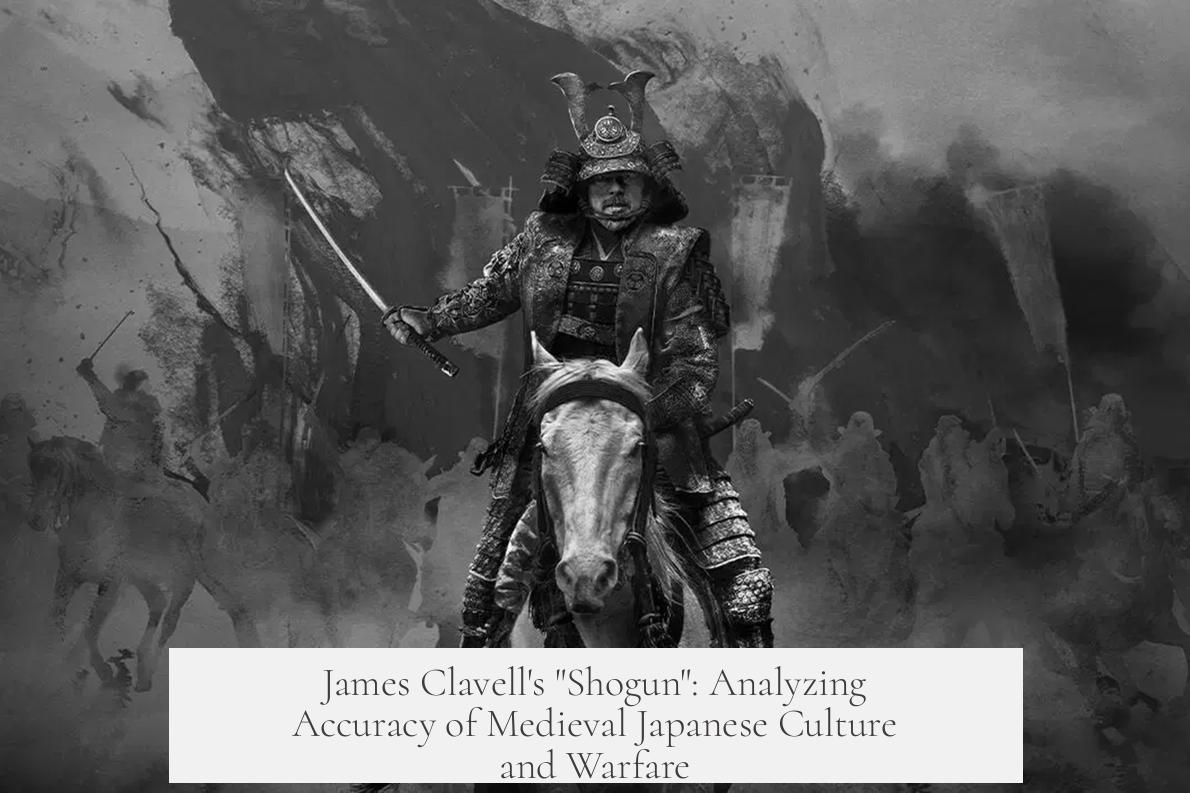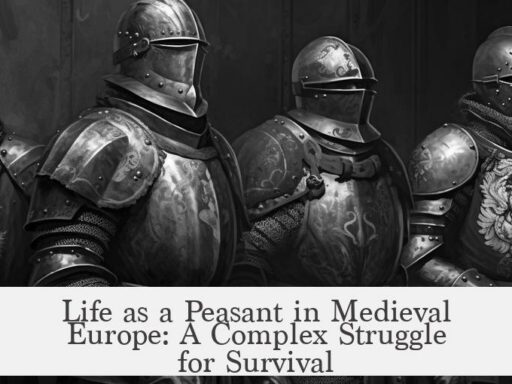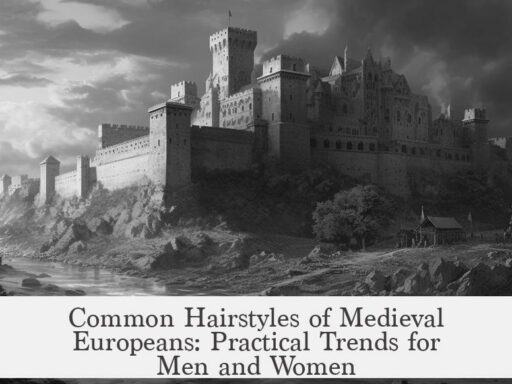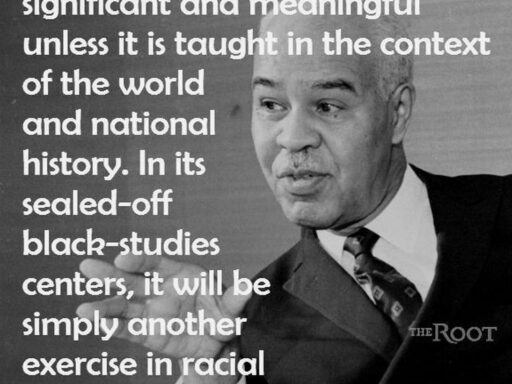James Clavell’s novel “Shogun” presents a mixture of cultural insight and historical fiction that balances broad accuracy with artistic license in depicting medieval Japan around the year 1600. The book draws loosely on real events and figures, like the rise of Tokugawa Ieyasu (fictionalized as Toranaga) and the experiences of the English navigator William Adams (reimagined as Blackthorne). Clavell constructed a vivid world that captures some authentic elements of Japanese culture and social systems, yet also diverges significantly in historical detail, language, and cultural nuance.
Clavell’s portrayal of Japanese culture is partly accurate but often blends fact with embellishment. For example, details about courtesan culture, such as the formation of red-light districts and the role of Mama-sans, align well with historical records. Practices like measuring time using incense sticks or blackening teeth among imperial courtiers are genuine customs depicted correctly. However, these accurate cultural vignettes coexist with inaccuracies that stem from misunderstandings or simplifications.
In terms of social systems, Clavell captures the hierarchical and martial nature of samurai society but muddles key structures. He invents a single “Council of Regents” to clarify complex power struggles between daimyo and other governing bodies, which simplifies but distorts reality. Confusions arise over vassalage and rank, such as the oxymoronic mention of “ronin vassals” and the erroneous conflation of court ranks and noble titles. Additionally, Clavell incorrectly attributes powers to the Emperor, such as ordering seppuku, which misrepresents Japan’s decentralized power balance at the time.
Warfare and military culture receive a dramatic but sometimes inaccurate treatment. The novel occasionally overuses seppuku, portraying characters as ready to commit ritual suicide at frequent intervals, which historians note is an exaggeration. Seppuku was generally reserved as an alternative to execution or defeat, not a common reaction to minor dishonor. Similarly, some weapons and castle features are anachronistic—for instance, depictions of socket bayonets predating their historical invention, and castle portcullises that did not actually exist in Japan.
The character of Blackthorne corresponds loosely to the real William Adams, an English navigator who arrived in Japan in the early 1600s. Although Adams gained favor with the Tokugawa shogunate, he never became a samurai in the strict sense of the warrior class. His role aligned more with professional advisors or merchants rather than true bushi. The “English samurai” label is often overstated, and Blackthorne’s status in the novel amplifies this myth for dramatic effect.
Language and naming conventions in “Shogun” reflect a partial but flawed understanding. Clavell sometimes hyphenates Japanese words incorrectly or alters name order, such as reversing the order of surnames and given names. He also invents terms like “Shinto nun,” which has no basis in Japanese religious practices. Some phrases attributed to characters wander between being accurate and nonsensical, reflecting inconsistent research or creative invention.
Exoticism and caricature appear in several places, especially in character portrayals. Women in the novel are often sexualized or assigned implausible names like “Nyan-nyan” (meaning “meow meow”). The novel sometimes reduces Japanese speech to stereotyped phrases or adds modern, casual tones that clash with historical formalities. The samurai are depicted with stereotypically ruthless impulses, wielding power without restraint, ignoring historical records that samurai conduct was often checked by authorities.
The novel’s narrative structure also affects its historical fidelity. It spans over 1100 pages with shifting points of view, causing some readers to lose track of chronology or character perspective. The much-anticipated climactic battle is glossed over briefly, which frustrates expectations based on buildup but does not alter historical context significantly.
Scholars and historians generally agree that while “Shogun” offers useful cultural insight, its historical accuracy is mixed. The book succeeds in promoting interest in Japanese history and culture but should not be relied upon as a factual source. It distills centuries of political complexity and social nuance into a digestible but sometimes distorted narrative. Critiques highlight errors in geography, social structure, naming, and cultural detail balanced against moments of surprising accuracy.
For readers interested in a more historically reliable and culturally authentic experience, Japanese authors such as Yoshikawa Eiji and Shiba Ryōtarō provide excellent alternatives. Yoshikawa’s “Musashi” and “Taikō” and Shiba’s “The Last Shogun” offer detailed, respectful portrayals of the same eras with fewer distortions and deeper insight into the cultural and political landscape of feudal Japan.
- “Shogun” mixes accurate cultural details with significant historical inaccuracies and artistic invention.
- The novel simplifies complex Japanese social and political structures, sometimes incorrectly.
- Portrayals of the samurai, seppuku, and European-Japanese interactions contain exaggerations.
- William Adams’s historical role inspires Blackthorne but the “English samurai” myth is overstated.
- Language errors and exoticism affect authenticity and character portrayal.
- “Shogun” succeeds as historical fiction but should not be treated as a precise historical reference.
- Alternative Japanese novels provide richer, more accurate depictions of the period.




